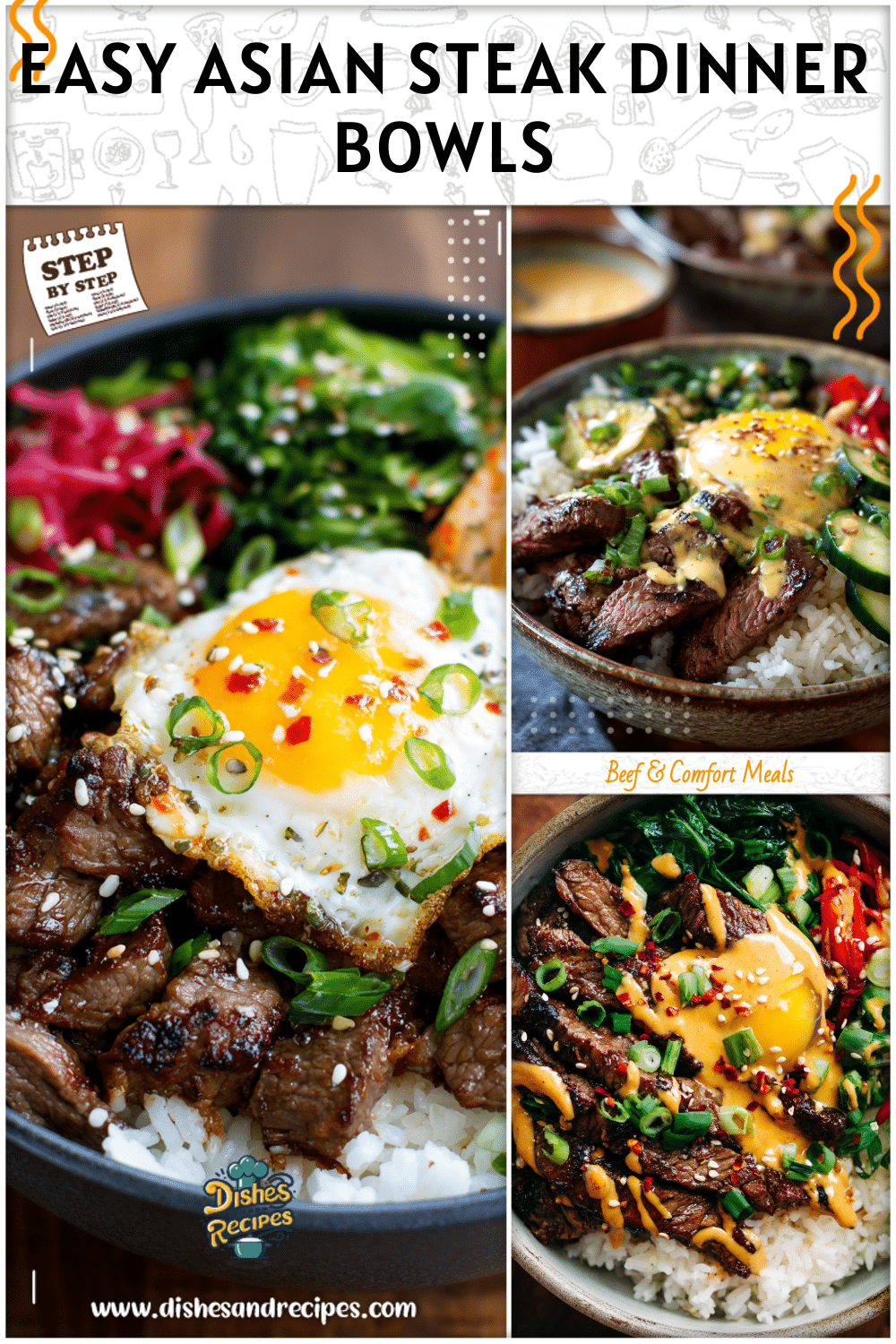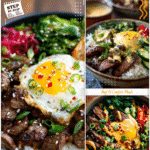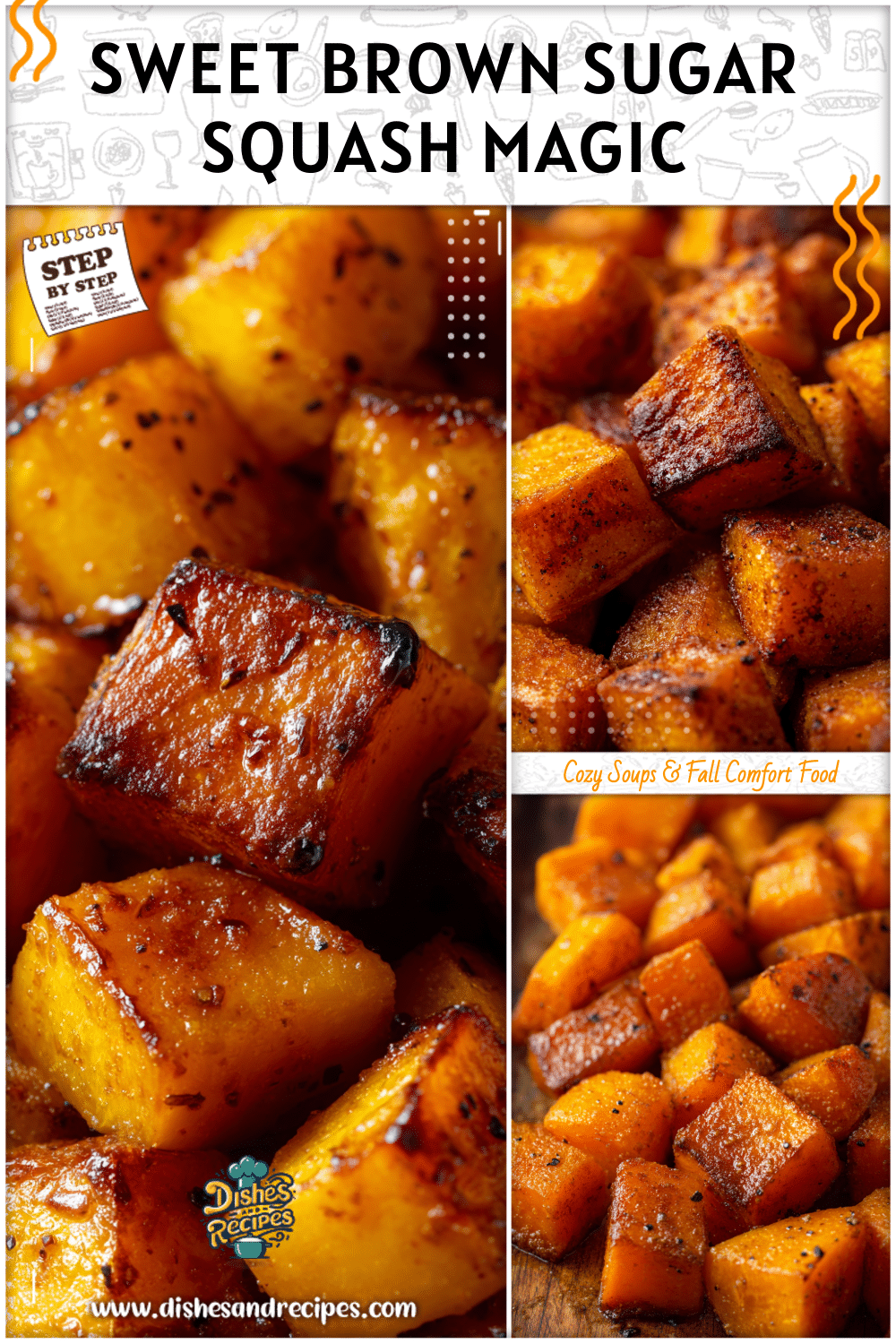Asian cooking at home doesn’t have to feel overwhelming or time-consuming. With Korean steak dinner bowls, you can bring big, bold flavors to your weeknight table in a way that feels effortless and comforting. Imagine juicy marinated steak, fluffy rice, and a spicy-sweet sauce that ties everything together in one satisfying bite. These bowls are proof that weekday meals don’t have to be bland or boring—they can be colorful, nourishing, and fun. In this article, you’ll discover the story behind Korean steak bowls, essential ingredients, cooking tips, and solutions to common questions so you can recreate them at home.

Why Korean Steak Dinner Bowls Belong at Your Table
A Family Story That Inspired This Dish
The inspiration for Korean steak dinner bowls comes from my very first experience at a Korean barbecue restaurant. I remember the sizzle of marinated beef hitting the hot grill, the caramelization forming right before my eyes, and the unmistakable aroma of garlic, soy, and sesame filling the air. That meal lingered in my memory long after the last bite. It wasn’t just the food—it was the experience: gathering around the table, sharing bites, and layering flavors with rice, sauces, and sides.
At home, I wanted to capture that same joy without needing a tabletop grill or hours of prep time. Korean steak dinner bowls became the solution. By marinating steak with the hallmark flavors of Korean cuisine and serving it simply over a bowl of rice, I recreated the excitement of Korean barbecue in a way that fit my busy weeknights. Over time, it became a family favorite, often requested not just for its taste but also the way it brings everyone together, much like that first memorable restaurant experience.
Korean steak dinner bowls are more than just food—they’re comfort in a bowl. Imagine tender slices of steak, smoky and slightly sweet, laid over warm rice that balances every rich bite. Then comes the sauce: a vibrant mix of spicy gochujang, creamy mayo, and nutty sesame oil that coats the rice and steak with layers of flavor. Topping it all off are fresh vegetables, crunchy cucumbers, or tangy kimchi for contrast.
Print
Korean Steak Dinner Bowls
- Total Time: 30 minutes
- Yield: 4 servings 1x
Description
Juicy marinated steak served over fluffy rice with a creamy spicy sauce and fresh toppings, bringing restaurant-quality Korean flavors to your weeknight table in under 30 minutes.
Ingredients
Instructions
1. In a bowl, whisk soy sauce, sesame oil, brown sugar, garlic, ginger and 1 tbsp gochujang. Add steak, toss to coat, and marinate 15 minutes (or up to overnight).
2. Heat a large skillet or grill pan over high heat. Sear steak slices 1–2 minutes per side until caramelized and medium-rare. Remove and let rest 5 minutes, then slice thinly.
3. While steak rests, whisk mayonnaise with remaining gochujang and lime juice to make the creamy sauce.
4. Divide rice among four bowls. Top each with steak slices.
5. Drizzle creamy gochujang sauce over steak and rice.
6. Garnish with kimchi, cucumber slices, green onions and sesame seeds. Serve immediately.
- Prep Time: 15 minutes
- Cook Time: 15 minutes
Nutrition
- Calories: 550
- Sodium: 700
- Fat: 20
- Carbohydrates: 50
- Protein: 35
The beauty of Korean steak rice bowls is how they engage all your senses. The colors pop on the plate, the aroma is irresistible, and the taste gives you both comfort and excitement at once. It’s hearty, flavorful, and endlessly adaptable—exactly the kind of dish that makes weeknight cooking not only simple but joyful.
Building the Perfect Korean Steak Dinner Bowls
Choosing the Right Cut of Steak
The star of Korean steak dinner bowls is the beef, and choosing the right cut makes all the difference in both flavor and texture. Traditional Korean barbecue often uses tender, marbled cuts like ribeye or short rib, but for busy weeknights, you can adapt the recipe with cuts that balance affordability and ease of cooking.
| Beef Cut | Flavor & Texture | Price Range | Best For |
|---|---|---|---|
| Ribeye | Rich, marbled, very tender | $$$ | Special occasions, silky texture |
| Sirloin | Leaner, still flavorful | $$ | Everyday dinners, faster cooking |
| Flank Steak | Lean, slightly chewy, bold beefy flavor | $ | Marinated slices, budget-friendly |
When marinating for Korean steak rice bowls, these cuts soak up garlic, soy, sesame, and ginger beautifully. If using a leaner cut like flank, thin slicing against the grain is crucial for tenderness. For sirloin or ribeye, aim for a medium-rare cook to lock in juiciness. A quick sear in a hot skillet or grill pan gives you that signature caramelization without needing a full barbecue setup.
Pro tip: Let the steak rest for 5–10 minutes before slicing. This step keeps the juices from leaking into the rice, ensuring every bite is juicy and flavorful.
The Base That Holds It All Together: Rice
Just as important as the steak itself is the rice, which serves as the anchor of the bowl. Korean cuisine traditionally pairs beef with short-grain white rice, which is slightly sticky and perfect for holding sauce and toppings together. But there’s room for personal preference and dietary needs.
- Short-grain rice – Classic choice, soft, slightly sticky texture, ideal for soaking up marinades.
- Jasmine rice – Light, fluffy, and aromatic; adds a delicate floral note.
- Brown rice – A nuttier, chewier base with more fiber—a wholesome alternative.
- Cauliflower rice – A low-carb option that lightens the dish while still carrying bold flavors.
For the best results, rinse rice 2–3 times before cooking to remove excess starch. If you love a little extra flavor, cook your rice in a mixture of water and a splash of chicken or vegetable broth. And if you’re short on time during the week, a rice cooker or even microwaveable rice packs make it incredibly easy to have the base ready in minutes.
The key is balance—whatever rice you choose should complement the savory steak and spicy sauce without stealing the spotlight, creating harmony in every spoonful.
Flavors, Sauces, and Final Assembly
The Sauce: Bold Korean-Inspired Flavors
What sets Korean steak dinner bowls apart is the layering of flavors, and it all begins with the sauce. The marinade for the steak is grounded in hallmark Korean flavors—garlic, ginger, soy sauce, sesame oil, and a touch of sweetness from sugar or honey. These ingredients work together to create the distinctive balance of salty, savory, and slightly sweet notes that Korean cuisine is famous for.
To add a punch of heat and depth, gochujang—a fermented Korean chili paste—is essential. Its complex flavor blends spice with a subtle sweetness that enhances the beef without overpowering it. For contrast, many cooks pair it with a creamy sauce made by whisking together mayonnaise, gochujang, lime juice, and sesame oil. The result is a drizzle that’s bold and spicy, yet softened by creaminess—bringing harmony to each bite.
These sauces not only elevate the steak but also unify the rice and vegetables into one cohesive dish. Think of them as the “bridge” that connects everything in the bowl, transforming simple ingredients into a vibrant meal. The best part? Both the marinade and the creamy drizzle can be made ahead of time, so weeknight assembly stays quick and stress-free.
Assembling & Serving the Bowl
Once your steak is marinated, cooked, and sliced, and your rice is ready, it’s time for the fun part: building your Korean steak dinner bowl. The beauty of these bowls is how customizable they are, but a step-by-step method keeps the layers balanced and flavorful.
- Lay the base. Start with a generous scoop of warm, fluffy rice as the foundation.
- Add the steak. Arrange slices of juicy beef over the rice, letting the caramelized edges peek through.
- Drizzle the sauce. Spoon or drizzle the creamy spicy sauce across the steak so it melts slightly into the rice below.
- Top it off. Sprinkle on fresh green onions, sesame seeds, and your choice of toppings like crunchy cucumbers, tangy kimchi, shredded carrots, or even a fried egg for richness.
For weeknight efficiency, prep toppings in containers ahead of time—sliced veggies, chopped scallions, or kimchi straight from the jar—so all that’s left is quick assembly. Using a large skillet or grill pan for the steak ensures minimal cleanup, while a rice cooker or microwave rice packs keep the process hands-off.
The final result is a complete meal that looks and tastes as satisfying as a restaurant dish, but comes together in under 30 minutes—proof that Korean steak dinner bowls really do make Asian cooking easy.
Frequently Asked Questions
1. Can I make Korean steak dinner bowls ahead of time?
Yes! You can marinate the steak the night before and keep it refrigerated for maximum flavor. Cooked steak and rice also store well in airtight containers for up to three days. Reheat gently in a skillet or microwave, and keep sauces or toppings separate until just before serving for the freshest result.
2. What’s the best rice to pair with Korean steak?
Traditionally, short-grain white rice is preferred for its slightly sticky texture. However, jasmine rice is lighter and aromatic, while brown rice provides extra fiber. Even cauliflower rice works if you want a lower-carb option. The choice depends on your taste and nutritional goals.
3. Is there a lighter or healthier option for the sauce?
Absolutely. Swap mayonnaise for Greek yogurt to keep it creamy with less fat, or reduce the amount of gochujang for a milder kick. You can also drizzle lightly with soy-sesame dressing instead of a dairy-based sauce for a cleaner finish.
4. Can I swap the beef for chicken or tofu?
Yes! Chicken thighs or thinly sliced chicken breast soak up marinades wonderfully. For a vegetarian option, firm tofu works well when pressed, marinated, and seared until golden.
5. How spicy are these Korean steak bowls?
The spice level depends on how much gochujang you use. Start with a small spoonful for mild flavor and adjust to your heat preference. Adding extra sauce and kimchi can increase the spice.
Conclusion
Korean steak dinner bowls are proof that weeknight meals can be bold, nourishing, and exciting without requiring hours in the kitchen. With tender marinated beef, perfectly cooked rice, and sauces that balance heat, sweetness, and creaminess, these bowls bring the heart of Korean flavors to your dining table. Beyond their taste, they’re versatile—adaptable with different proteins, rice bases, or spice levels to fit your lifestyle. Whether you’re cooking for family on a busy evening or treating yourself on a quiet weekend, these bowls deliver comfort and joy in every bite. Try them once, and they’ll quickly earn a spot in your dinner rotation.














